Description
Syllabus Included in this Ebook👇
Chapter 1: Introduction to Web Development
- Overview of the history and evolution of web development.
- Introduction to frontend and backend development.
- The role of JavaScript in modern web development.
Chapter 2: Introduction to React.js
- Understanding the need for React in building user interfaces.
- Exploring React’s declarative approach.
- Overview of the Virtual DOM and its significance.
Chapter 3: Setting Up Your Development Environment
- Installing Node.js and npm for package management.
- Creating a new React project using Create React App.
- Understanding the basic project structure and configuration.
Chapter 4: JSX and Components
- Introduction to JSX (JavaScript XML).
- Creating functional and class components in React.
- Understanding component props and state.
Chapter 5: State and Lifecycle
- Exploring component state and its role in React.
- Understanding the lifecycle methods of class components.
- Implementing lifecycle methods in practical scenarios
Chapter 6: Handling Events
- Overview of event handling in React.\
- Updating component state based on user interactions.
- Best practices for event handling in React.
Chapter 7: Forms in React
- Managing form data with controlled components.
- Implementing form validation and submission.
- Handling various form elements in React.
Chapter 8: Hooks
- Introduction to hooks and their role in functional components.
- Using useState and useEffect hooks.
- Creating custom hooks for reusable logic.
Chapter 9: Context API
- Managing state at the application level with the Context API.
- Implementing Provider and Consumer components.
- Sharing state between components using context.
Chapter 10: Higher-Order Components (HOCs)
- Understanding the concept of HOCs.
- Creating and using HOCs for code reusability.
- Practical examples of HOCs in React applications.
Chapter 11: Redux Basics
- Introduction to state management with Redux.
- Actions, reducers, and the Redux store.
- Connecting React components to the Redux store.
Chapter 12: Advanced Redux
- Implementing middleware in Redux.
- Asynchronous operations with Redux Thunk.
- Best practices for structuring Redux code in large applications.
Chapter 13: React Router
- Setting up routing in React applications.
- Navigating between different views using React Router.
- Handling route parameters and dynamic routing.
Chapter 14: Testing React Applications
- Writing unit tests for React components using Jest.
- Using React Testing Library for component testing.
- Testing Redux actions, reducers, and asynchronous code.
Chapter 15: Debugging React Applications
- Utilizing browser developer tools for debugging.
- Common debugging techniques in React applications.
- Best practices for debugging React code.
Chapter 16: Performance Optimization
- Understanding memoization and PureComponent in React.
- Implementing React.memo and useCallback for performance gains.
- Analyzing and optimizing component re-renders.
Chapter 17: Code Splitting and Lazy Loading
- Implementing code splitting in React applications.
- Lazy loading components for improved performance.
- Strategies for optimizing large React codebases.
Chapter 18: Server-Side Rendering (SSR)
- Introduction to server-side rendering in React.
- Configuring and implementing SSR in a React application.
- Benefits and considerations of SSR.
Chapter 19: Progressive Web Apps (PWAs)
- Building Progressive Web Apps using React.
- Implementing offline support and caching strategies.
- Enhancing user experience with PWA features.
Chapter 20: Building a React Application
- Step-by-step guide to building a complete React project.
- Best practices in project structure, organization, and naming conventions.
- Tips for collaborating with a team on a React project.
Chapter 21: Deployment
- Preparing a React application for deployment.
- Choosing hosting options and platforms.
- Best practices for deploying and maintaining React applications.
Chapter 22: React and the Future of Web Development
- Exploring the latest features in React 18 and concurrent mode.
- Trends and advancements in the React ecosystem.
- Preparing for the future of web development with React.

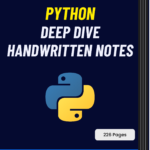
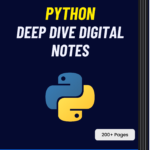

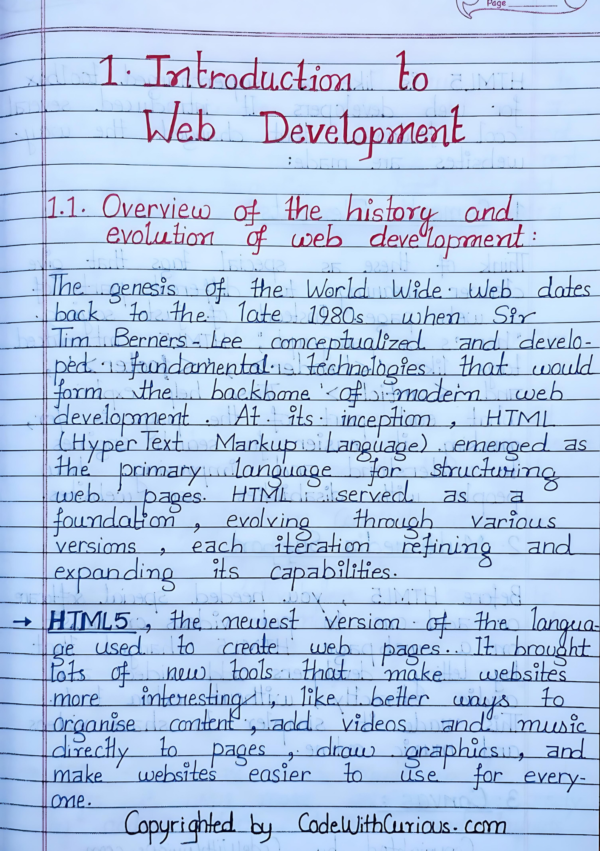
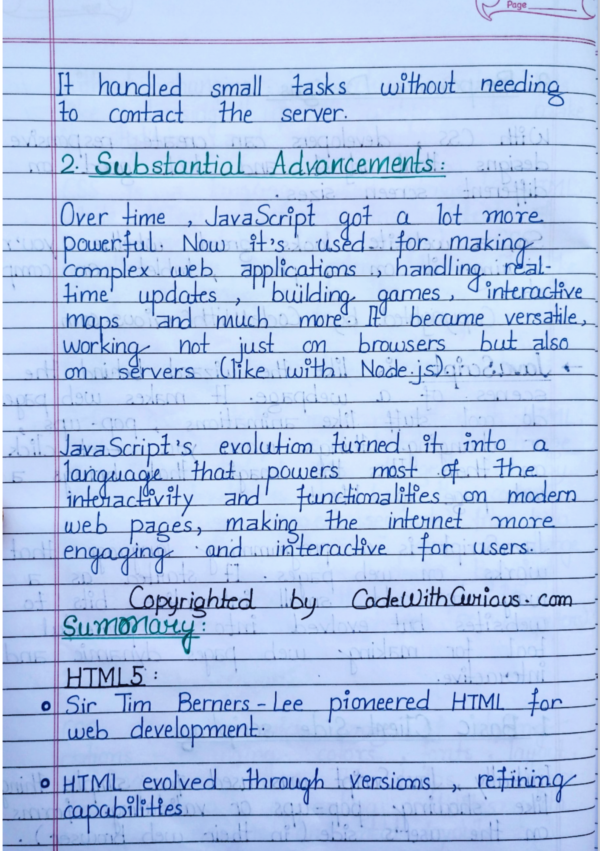
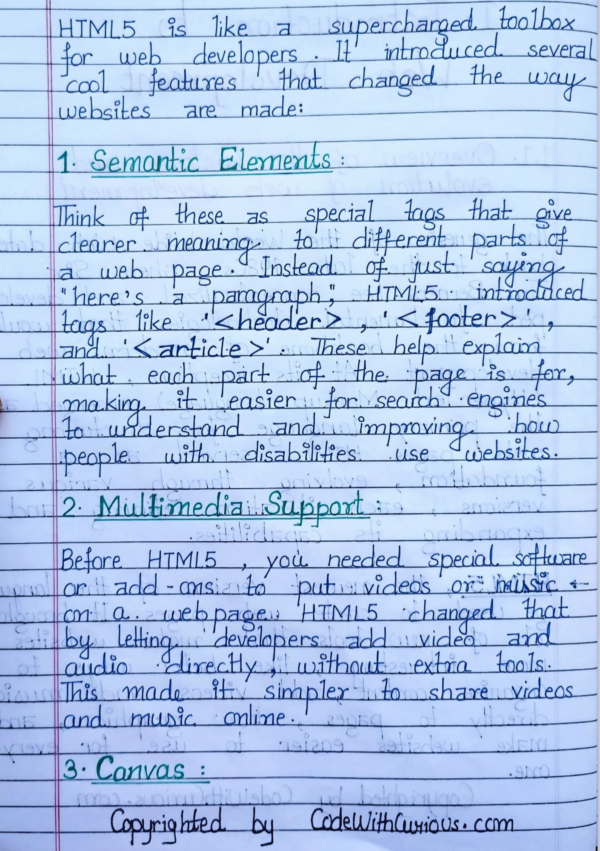
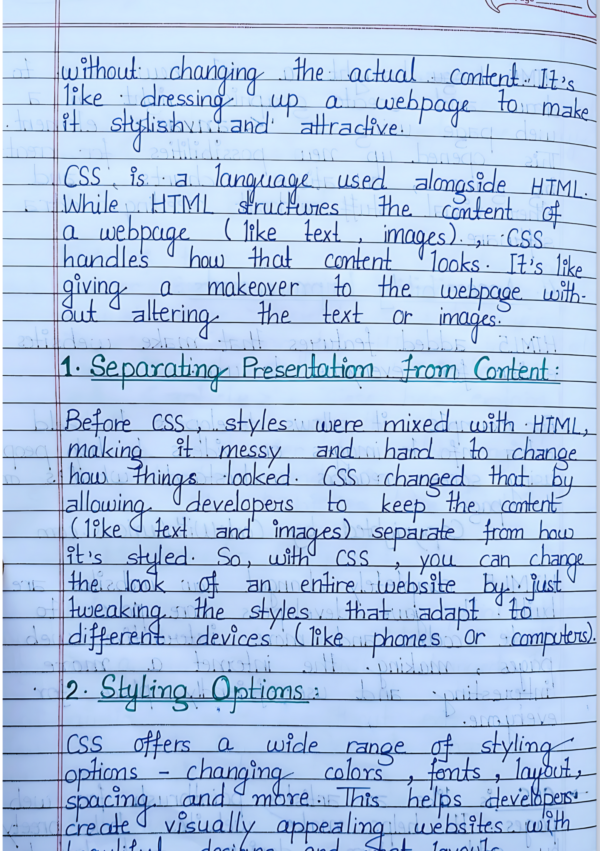
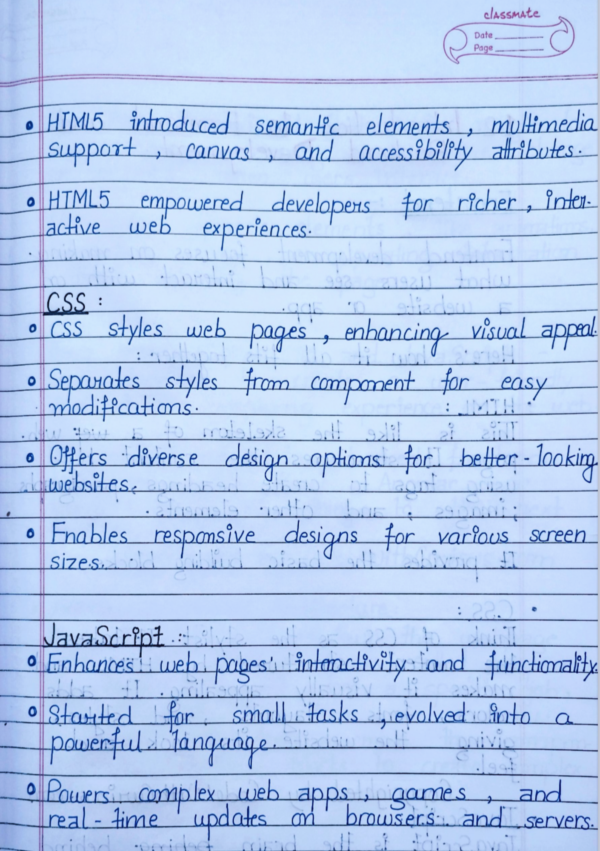
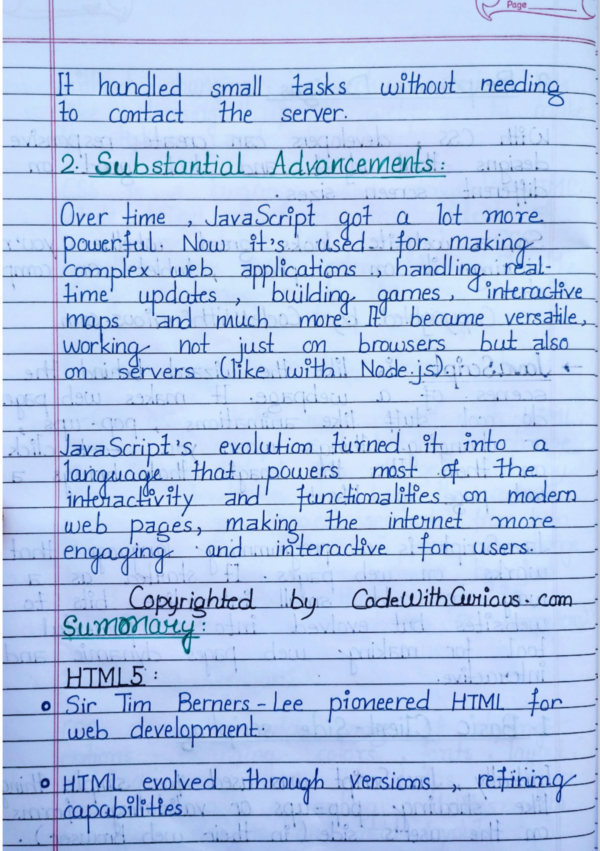
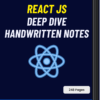
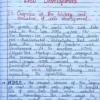



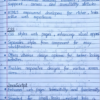

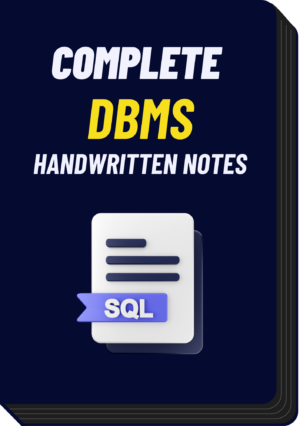
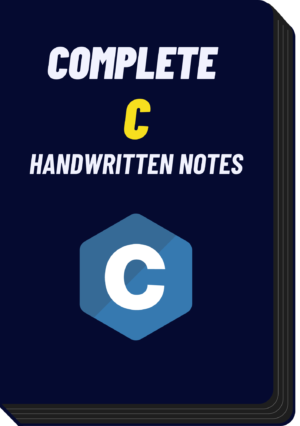
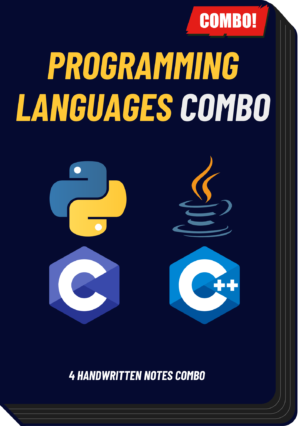
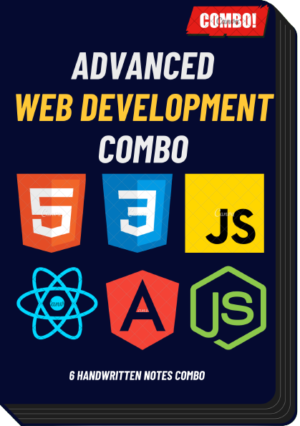
Reviews
There are no reviews yet.